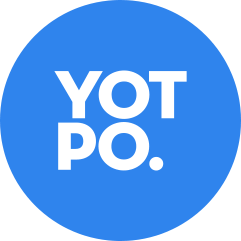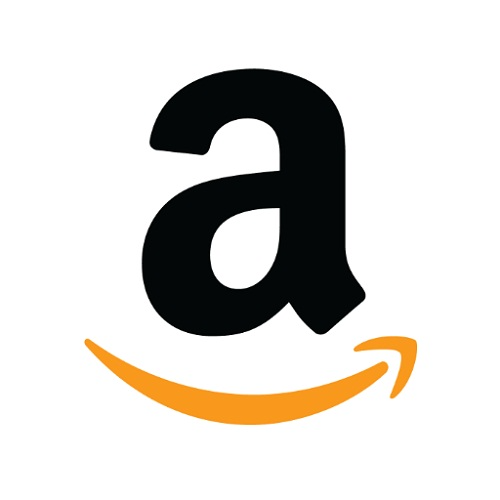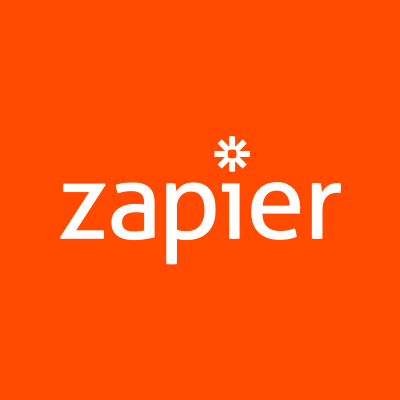How This Firefighter Invented A $3.6M Product That Prevents Kitchen Fires
Hello! Who are you and what business did you start?
My name is Peter Thorpe and I started FireAvert. We sell a few different products that prevent fires, but our main product is one that plugs into your oven and prevents the #1 cause of fires, unattended cooking.
FireAvert technology syncs to the sound of the smoke detector and will automatically cut power to the stove and range if the smoke alarm goes off.
We mostly sell to multi-family property owners and senior living properties. We do have an e-commerce presence, but the B2B side is where we do 95% of our business. We did over $2 million in revenue in 2018 and should double that in 2019.

What's your backstory and how did you come up with the idea?
I’m a full-time firefighter in Provo, Utah, and that’s where I saw the need for...

Download the report and join our email newsletter packed with business ideas and money-making opportunities, backed by real-life case studies.

Download the report and join our email newsletter packed with business ideas and money-making opportunities, backed by real-life case studies.

Download the report and join our email newsletter packed with business ideas and money-making opportunities, backed by real-life case studies.

Download the report and join our email newsletter packed with business ideas and money-making opportunities, backed by real-life case studies.

Download the report and join our email newsletter packed with business ideas and money-making opportunities, backed by real-life case studies.

Download the report and join our email newsletter packed with business ideas and money-making opportunities, backed by real-life case studies.

Download the report and join our email newsletter packed with business ideas and money-making opportunities, backed by real-life case studies.

Download the report and join our email newsletter packed with business ideas and money-making opportunities, backed by real-life case studies.





























